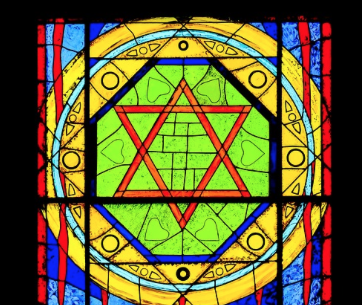Rosh Hashanah and Yom Kippur

September 21, 2017
The Jewish festivals Rosh Hashanah and Yom Kippur are not just excuses for students to have no homework. Rosh Hashanah is a holiday to celebrate what people of the Jewish faith believe to be the birthday of the universe. It is also believe this is the day God created Adam and Eve, which is also known as the head of the Jewish year. The holiday Yom Kippur is a day of reparation; a day to afflict the soul and to make amends of the sins from the past year.
Rosh Hashanah occurs on September 20-22 this year. The holiday always happens on the first two days of the Jewish New Year or “Tishrei” one and two, which is how it is referred to in the Jewish religion. Tishrei is the first month of the Jewish year. Instead of “Happy New Year” as a greeting, the Jewish alternative would be Shana Tova, which means “may it be a great year”.
Rosh Hashanah consists of festive meals, candle lightings in the evening, and prayer services that include the sounding of Shofar, which is a horn that is the most prominent symbol of the holiday and the most popular custom of the holiday, refraining from work. A tradition of the holiday is Tashlich, tossing pieces of bread into a body of water to acknowledge the mistakes one has made in the past year that they intend to remove from their lives.
Rosh Hashanah is filled with special feasts to bring in the Jewish New Year, and at the beginning of each meal the Kiddush is recited, which is a blessing said over wine and includes a reference of the Shofar. A traditional meal of Rosh Hashanah would be the head of a fish or lamb in hope that everyone at the table will be at the “head” and not the “tail” of what they do throughout the year. To signify a sweet year to come, Rosh Hashanah is filled with delicacies such as apples, challahs, a ceremonial bread that is braided and round to be a reminder of the never ending cycle of life, and tayglach, a crunchy dough boiled in honey and is topped with almonds, walnuts, and maraschino cherries.
Yom Kippur is on September 29-30, which is the tenth day of the Jewish New Year. Yom Kippur is a Sabbath, so the Jewish refrain for working on that day. Most of the holiday is spent in the synagogue, in prayer. Services begin around 9am and continue until 3pm. Yom Kippur is also a 25 hour fast (no food or drink) starting on the eve of Yom Kippur and ending at nightfall of. The fast of Yom Kippur is seen as fulfilling the biblical commandment to “practice self-denial.” Yom Kippur allows people to ignore their physical needs and to focus on their spiritual desires. Throughout the day, one is to concentrate on prayer, repentance and self improvement before going back to usual routine.

Julia • Sep 27, 2017 at 12:57 pm
Awesome Job, Cailin!